How to scrap XLPE copper cable
Bluedog International / January 3rd, 2021
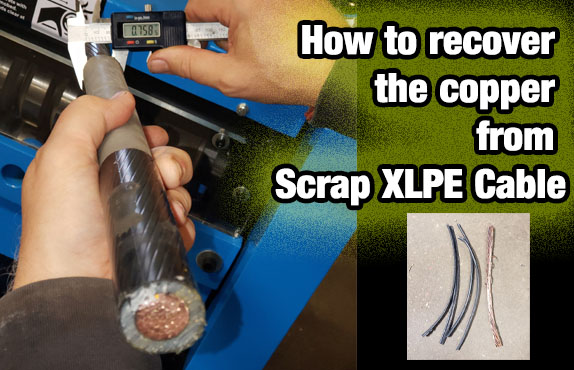
When it comes to recovering the copper conductor from scrap XLPE cable you are going to want an industrial-grade cable stripping machine. The BLUEDOG Industrial cable stripping machines are unique as they weigh over 1000 lbs and they are built to endure the rigors of processing such heavy-duty cable.
Many cheaper wire stripping machines will not have the horsepower or build quality to endure such difficult processing. Also, the BWS-100v2 and the BWS-80 HD have a deep cutting system to penetrate the often thick XLPE Coatings.
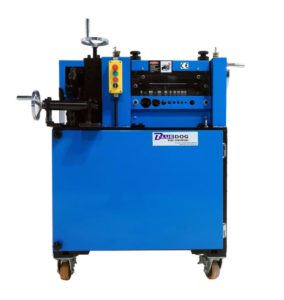

There are 2 machines most recommended for stripping XLPE cable.
The Bluedog BWS-80 HD Industrial wire stripper
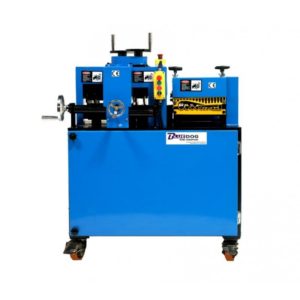
and the BWS-100v2 Industrial Cable Stripping Machine.
This video demonstrates how the BWS-80 HD strips XLPE cable. This type of cable is extremely difficult to recover the scrap copper core due to the thickness of the XLPE coating.
The Industrial BWS-80 HD proves its versatility and how simple it is to strip this type of cable. Watch the video below demonstrate
Photos of the processed XLPE cable.
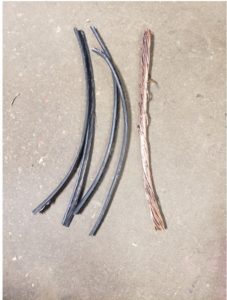

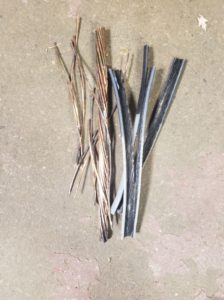

Here is a video of the BWS-100v2 Industrial Cable stripper recovering the copper from XLPE Cable
What is XLPE Cable?
XLPE stands for cross-linked polyethylene. XLPE Cable has high chemical resistance and moisture resistance. XLPE Cable can be used at high temperatures and high voltage applications
XPLE Cable is: XLPE cable means cross-linked polyethylene insulated copper conductor armored cable. Inside the XLPE cable, the stranded copper conductor is first screened in the form of a semiconducting extrusion which provides a smooth surface and prevents the formation of cavities when the cable is subjected to bending.
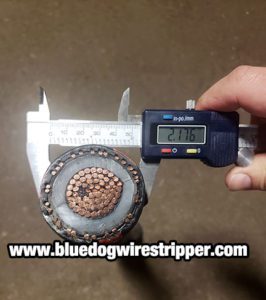

The screened conductor is insulated with an extruded XLPE compound. The insulation is further screened with a layer of nonmetallic semiconducting material and over that, a nonmagnetic metallic screen in the form of copper or aluminum tape is applied. In the case of multicore cables, cores are laid together with suitable filler in the interstices and wrapped with PVC tapes or extruded PVC. For mechanical protection nonmagnetic aluminum wire/ strip/tape armor for single-core cables and steel wire armor for multicore cables are provided over the inner sheath. A layer of PVC/PE is extruded as an outer sheath usually in back color to prevent the ingress of moisture.
The space feature of the XLPE insulation is that long molecular chains of polyethylene are cross-linked to each other by means of a process similar to the vulcanization of rubber and thus forming a three-dimensional network structure with a strong bond. Pure polyethylene is a thermoplastic material i.e. it becomes soft and plastic on heating and hard on cooling. Pure polyethylene is converted into thermosetting XLPE i.e. it sets permanently when heated. By cross-linking process the polyethylene insulation of the cable is made thermally stable and also the melting point is greatly increased. So XLPE insulated cable has better resistivity to thermal deformation for its higher thermal tolerance property. Due to excellent thermal properties, the current carrying capacity of XLPE cable is higher than that of conventional cable. XLPE insulation has higher dielectric strength compared to other conventional dielectrics used for cables resulting in a low dielectric loss.
XLPE cable is made suitable for high voltage and extra-high voltage applications up to 132 kV. This cable can be used for long cable routes in high voltage transmission where the dielectric losses play a major role. This cable can easily be handled due to lighter in weight than any other high voltage cable. As there is no case of oil migration from insulation it can be installed for inclined or vertical runs without any hesitation. XLPE insulation is highly resistant to moisture for which no special precaution is needed at the time of jointing & termination. The joining of XLPE cable needs less time than that of any other conventional cable of similar grade. These cables can safely be used on any vibrating layouts like bridges. These cables have better resistance to the salinity of water in the ground, chemicals, oils, and corrosive fumes. These are free from fire risk. These cables are not prone to failure due to aging characteristics and have a longer life.
If you have a ton of scrap XLPE for s consider the BWS-80 HD as an economical solution. It will pay for itself in no time flat. Also, the BWS-100v2 is an excellent Solution to processing large quantities of Scrap Cable.
For more details on the scrap copper wire stripping machines visit:
www.bluedogwirestripper.com
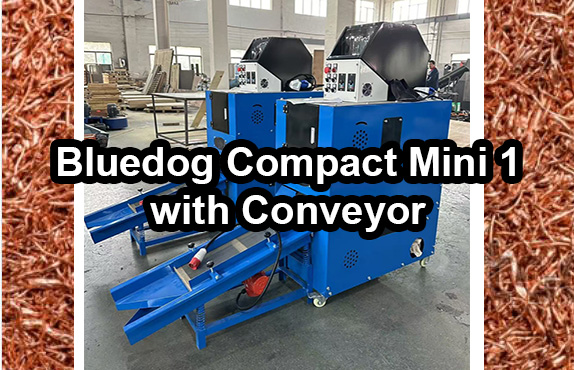
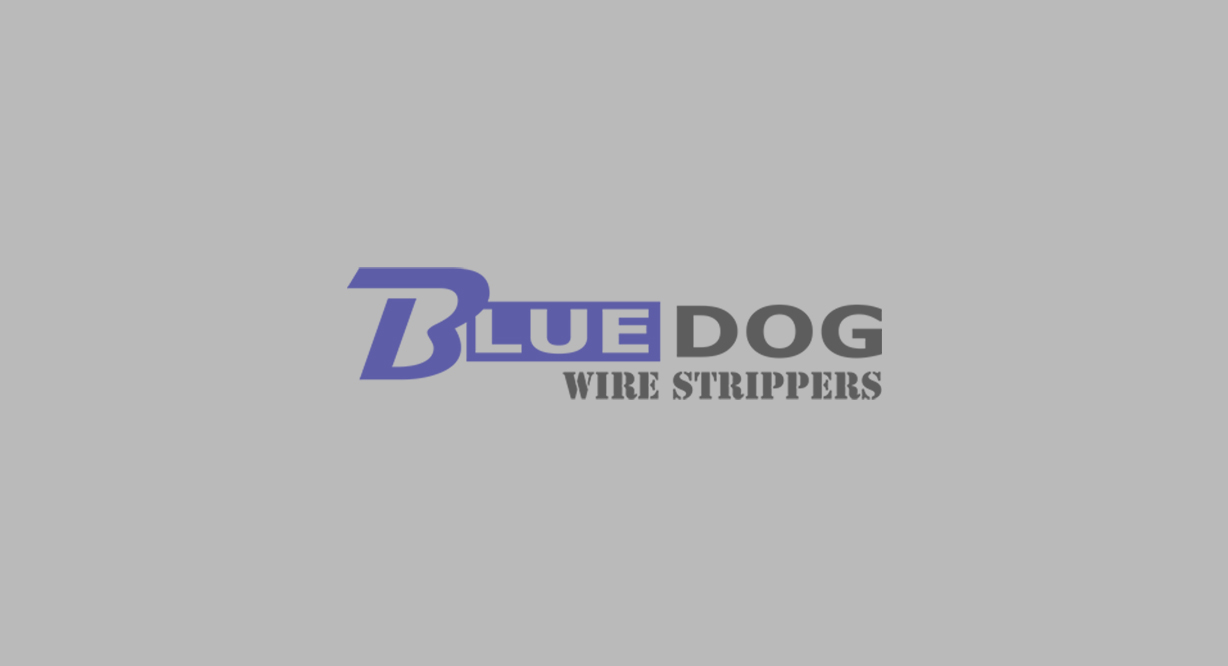
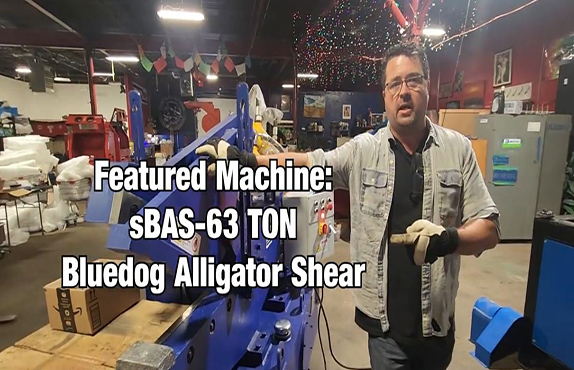


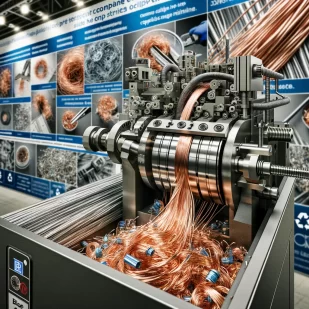
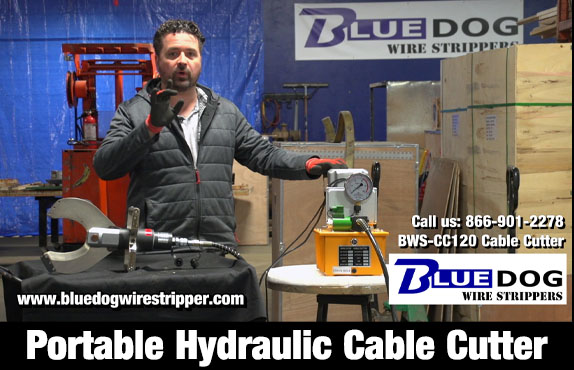
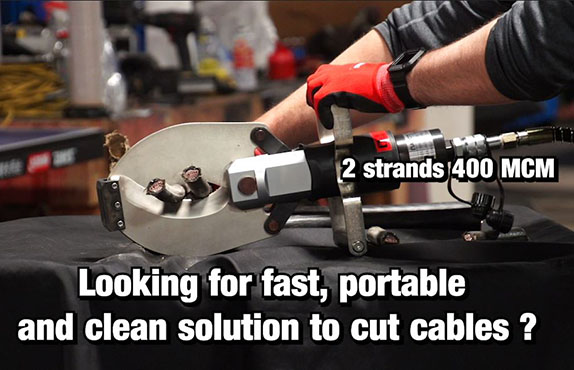
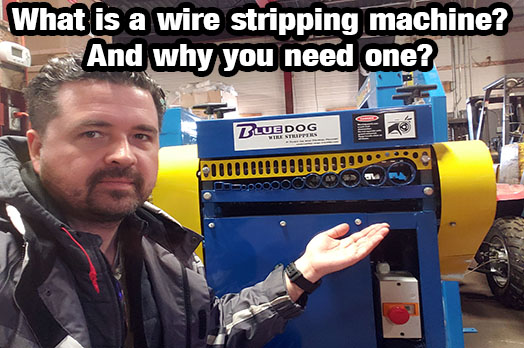
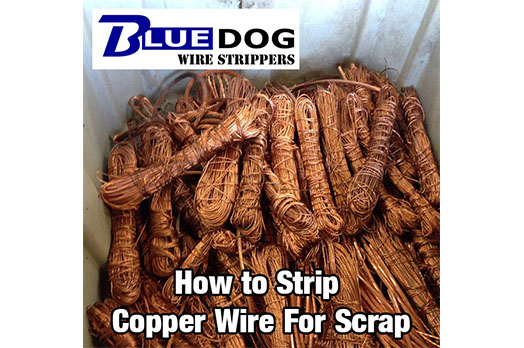
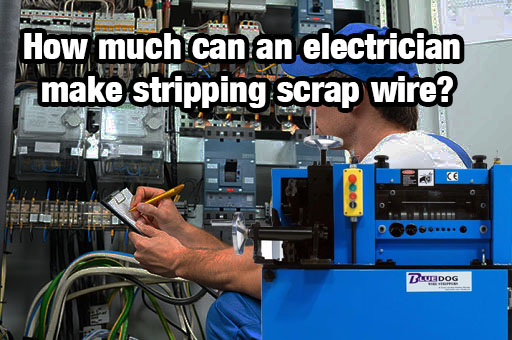
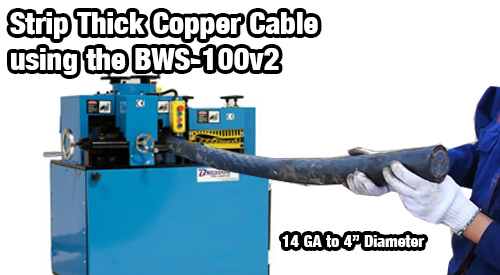
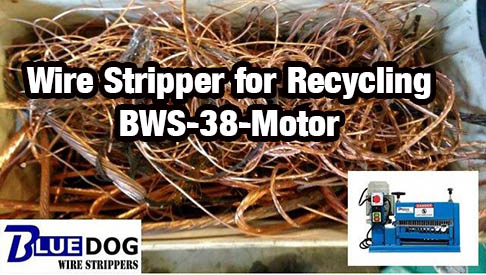

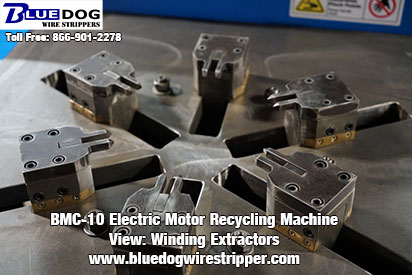
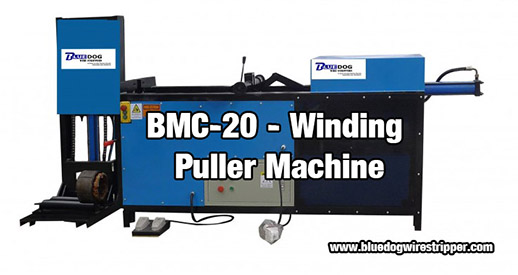
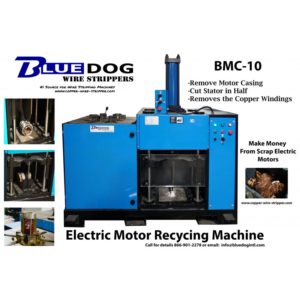
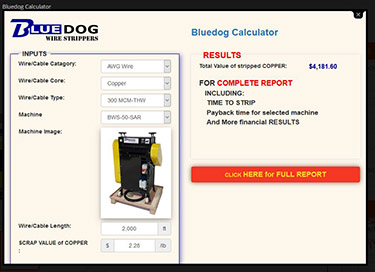
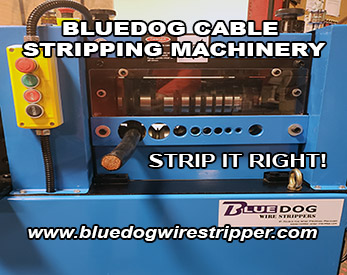
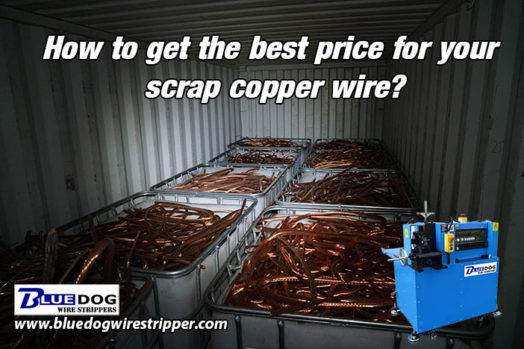
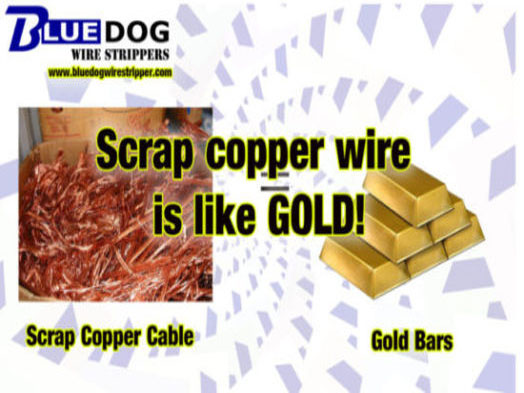

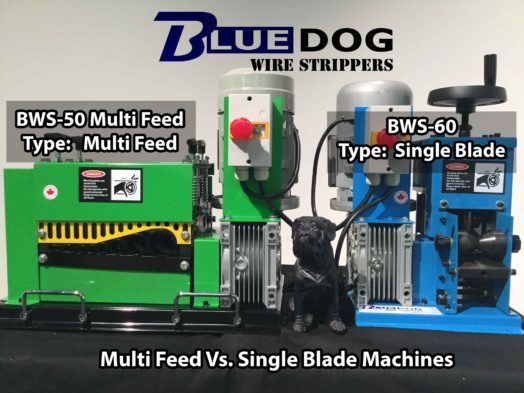

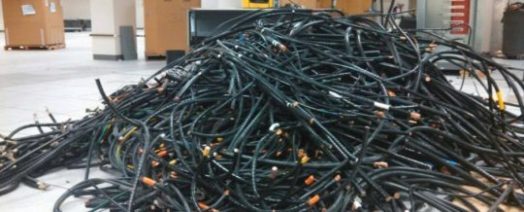
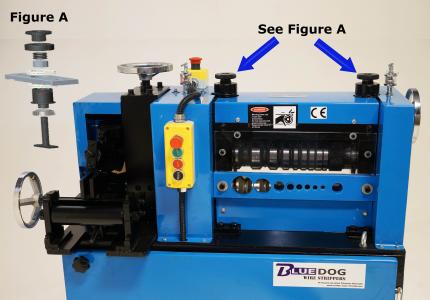
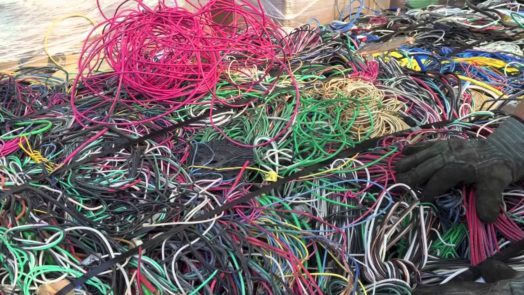
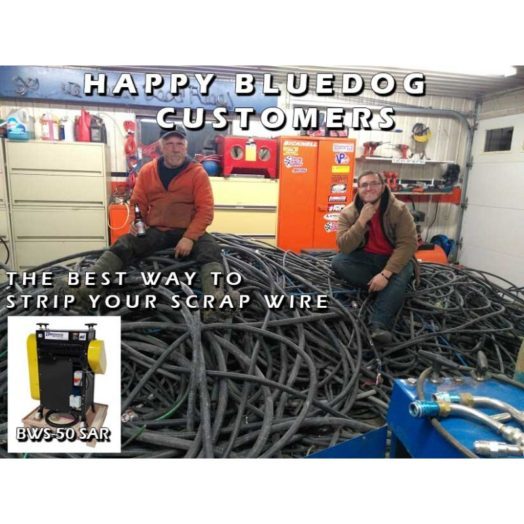
![[Most Recent Quotes fromwww.kitco.com]](https://www.kitconet.com/charts/metals/base/copper-d.gif)